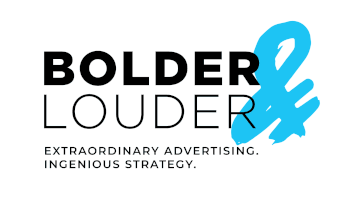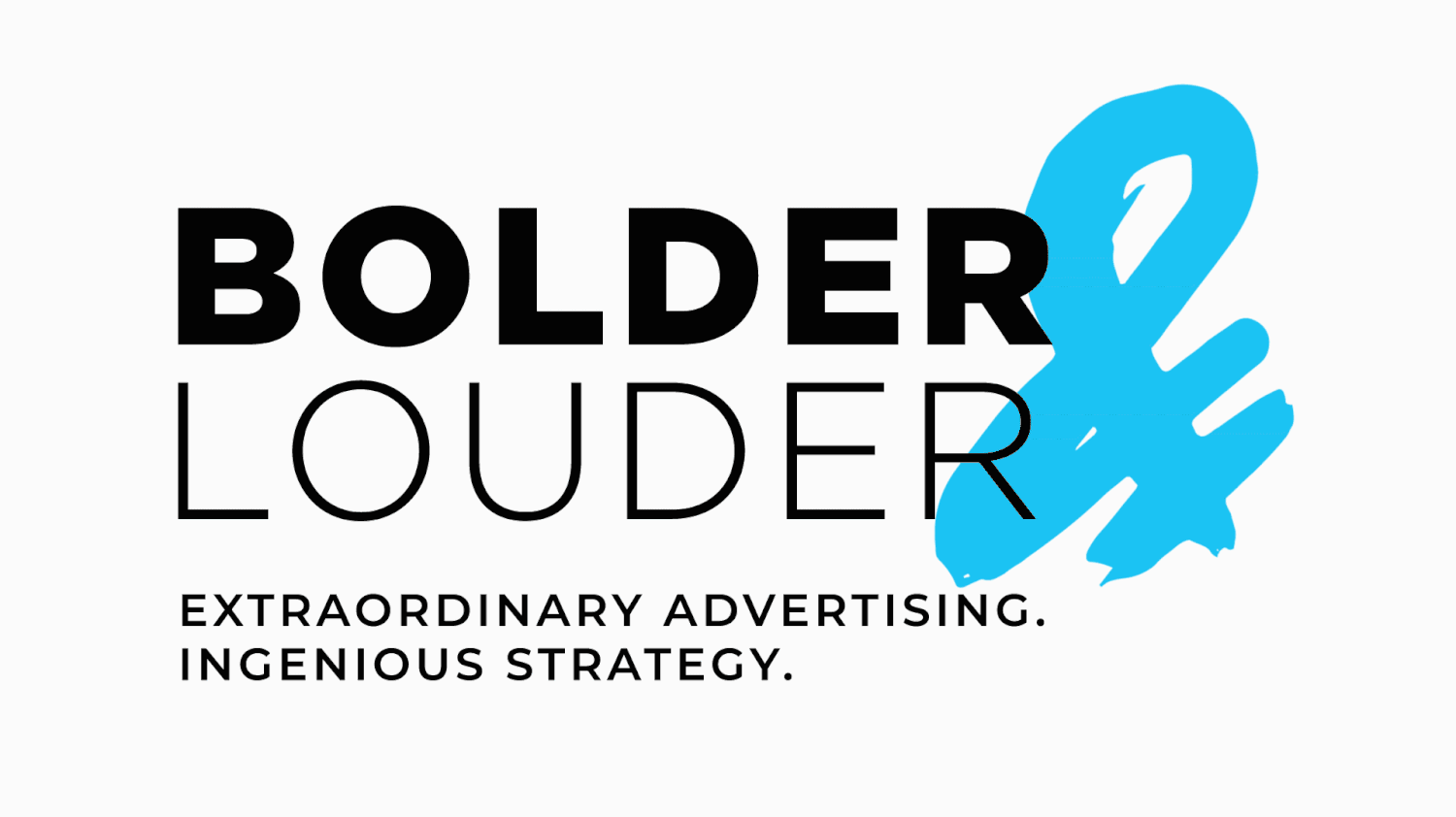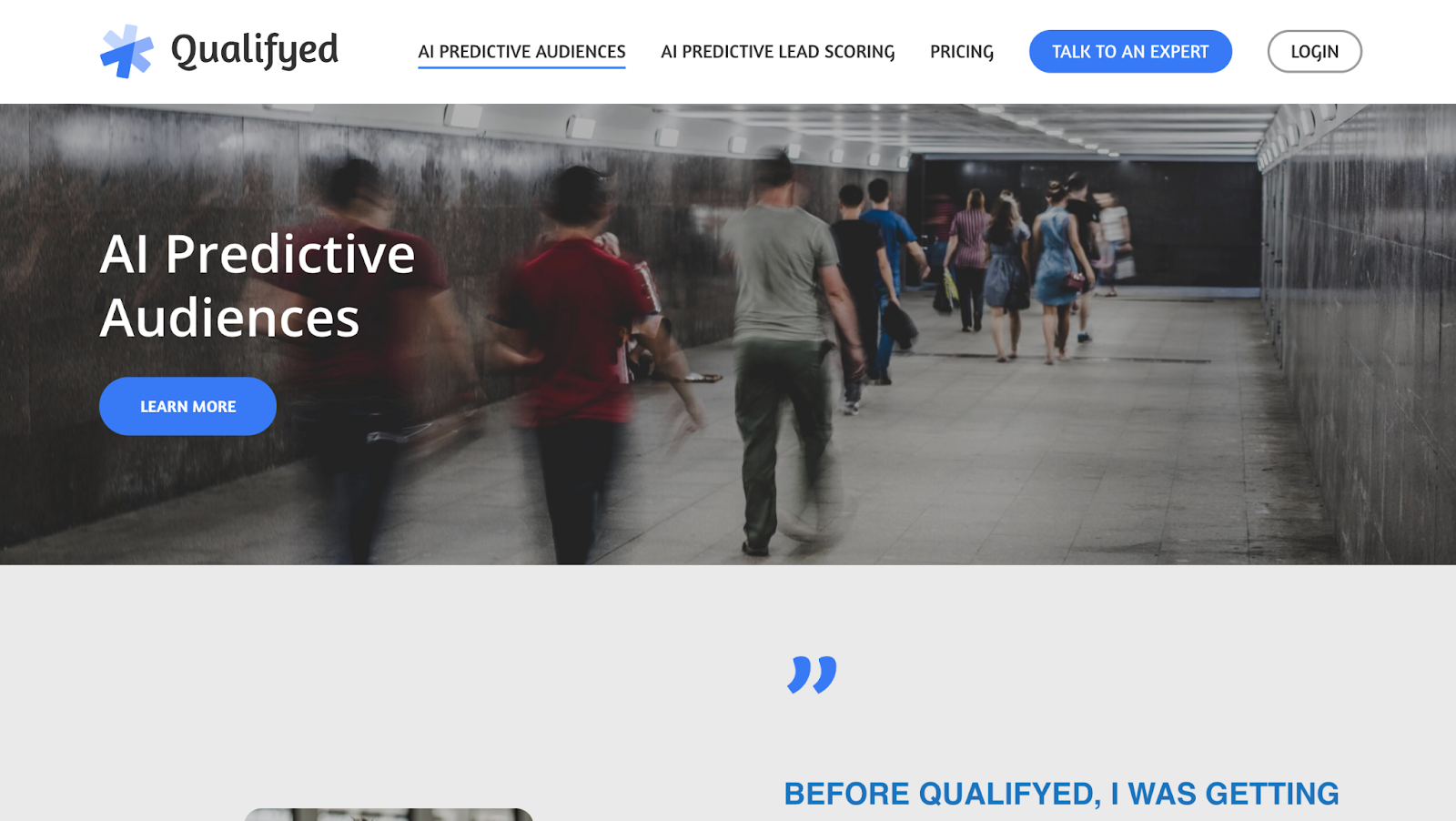Ditch the Hard Sell by Automating Your Marketing Using a Marketing Engine That Effortlessly Attracts the Right People (and Repels the Wrong Ones)
“The best time to plant a tree was 20 years ago. The second-best time is now.”
– Chinese Proverb
Imagine a world where your marketing runs itself, attracting your clients day and night without you and your sales team having to constantly chase down leads.
Sounds dreamy, right? That’s the magic of a self-sustaining marketing engine.
But here’s the twist: for your marketing engine to run smoothly, it needs fuel—what we call “marketing gas.”
You wouldn’t build a sports car only to leave it in the garage without gas, right?
The same goes for your marketing.
Your “engine” is the backbone, the strategic machinery humming along in the background.
But for it to work, it needs “gas”—that monthly budget that powers it, like ad spend, content distribution, and paid media.
Let’s explore the mechanics of building your own “irresistible marketing engine” that attracts, sifts and sort the right prospects, repels the wrong ones and moves them, via autopilot through your system so that by the time they actually get to speak with one of your sales team, they are so ready to do business with you (they just need verification).
Spoiler: It’s all about nailing a consistent, well-oiled process that uses the right kind of creative, marketing “parts.”
Step 1: Know Your Target Market Like a Best Friend
If you’ve ever misdialed a contact number and ended up in an awkward conversation, you know the feeling of speaking to the wrong person. In marketing, that’s like calling everyone in the neighborhood hoping someone—anyone—needs your service. Instead, pinpoint exactly who needs what you offer. This step may sound basic, but honing in on a very specific target market is the foundation for everything else. It’s like inviting only those friends who actually RSVP’d to the party; they’re the ones who want to be there!
Quick Exercise:
Define your ideal client with razor precision. List their demographics, biggest pain points, and how your service uniquely addresses them. The clearer you are on who they are, the easier it will be to speak their language and tailor your marketing to grab their attention every single time.
Here are a couple AI apps that can help you to kick start your target market research:
QUALIFYED AI Helps you to predict lookalike new audiences
USER EVALUATION Helps create valuable insights, trends etc from client conversations
Step 2: Craft Irresistible, Client-Centric Messaging with Stand Out Branding
Imagine if Domino’s Pizza had advertised itself with, “Our pizza’s good, and we’re just down the street.” Hardly compelling, right?
Instead, they rocked it with “You get fresh, hot pizza delivered to your door in 30 minutes or less—or it’s free.”
An irresistible message like that isn’t just catchy; it’s a promise that’s hard to ignore.
Your messaging should be laser-focused on solving your clients’ biggest pain points and delivering what they want most, not just describing what you offer.
Think of it as putting up a neon sign that answers their question, "What's in it for me?"
Quick Tip:
Work on developing a tagline that makes your clients say, “Finally, someone who gets it!” Your message should resonate so strongly that it feels like it was custom-made for them, and every marketing piece or touch point builds on this. Think digital ads, email marketing, printed brochures, social media messaging, digital billboards and so on. Your messaging needs to be unified and irresistible, meaning your prospects should enjoy engaging with it (not roll their eyes and click onto the next shiny object).
(By the way, if you need help with making your messaging irresistible, this is exactly what we do as part of our Extraordinary Branding Process!)
Step 3: Choose the Right Marketing Channels—and Own Them
Contrary to popular belief your business does NOT need to be on every social media platform, in every publication, or at every tradeshow.
What you need is to dominate the channels where the cream of your target audience spends their time.
Be consistent in these spaces—whether it’s LinkedIn, industry blogs, or email newsletters—so that when clients think of solving their problems, they think of you first.
Pro Tip:
Go deep and master three to four channels before really expanding your reach. Most marketing engines have their core methods to generate leads and then they are constantly innovating and testing new media to add to their core.
Trying to be everywhere in a shotgun fashion, spreads you thin and waters down your message. Consistency here means you’re showing up in the right places, over and over again, so clients know where to find you when they need what you offer.
Step 4: Create a High-Performance Marketing Funnel
The goal of a funnel is simple: to take potential clients from “just browsing” to “sign me up!” at their own pace. Your funnel should have clear stages where you provide the right information at the right time. The key is to keep it easy to follow and valuable to each type of client.
Awareness Stage: Introduce your brand and share valuable, free content. Think blog posts, your book, or how-to guides that showcase your expertise.
Consideration Stage: Send targeted content that aligns with specific needs they’ve shown interest in. For instance, email sequences and targeted ads can guide them toward understanding why your service is their best choice.
Decision Stage: Make it easy for clients to choose you. This is where testimonials, free consultations, or limited-time offers make their appearance.
Pro Tip:
Automate your funnel using marketing tools like CRM software, email automation, and analytics. Once set up, your funnel can work around the clock, qualifying leads and gently nudging them closer to a purchase.
Step 5: Systemize Your Follow-Up
Did you know that it often takes 7–10 “touches” before a client makes a buying decision? Yet, most businesses follow up once or twice. Consistent follow-up is the final—and crucial—piece of your marketing engine. With email marketing, retargeting ads, and even simple check-in calls, you can ensure no client falls through the cracks.
Quick Tip:
Set up reminders or automated emails to follow up on inquiries, offer a free resource, or ask how things are going. This subtle persistence builds trust, demonstrates your reliability, and keeps your brand top-of-mind.
The Secret Sauce: Brand Quality, Consistency, Consistency
The magic behind any self-sustaining marketing engine is brand quality and consistency. It’s showing up when and where clients need you, every single time, without being overbearing - or boring.
Consistency builds trust, familiarity, and, ultimately, loyalty.
The more clients see your brand delivering valuable, interesting content, the more they associate your business with being the solution they need.
Pro Tip:
Don’t let temporary slowdowns shake your momentum. Stick to your plan, refine as you go, and keep delivering. In time, your marketing engine will build an unshakeable rhythm that sustains itself.
Building an irresistible marketing engine isn’t about having the flashiest ads or necessarilythe biggest advertising budget; it’s about delivering a reliable, repeatable system that clients can count on. When you focus on speaking directly to the right audience with consistent, compelling messages on their preferred channels, your marketing starts to feel effortless, running seamlessly as clients line up to work with you.
It’s time to build an engine that not only attracts clients but keeps them coming back. Start with these steps, and watch your business grow on autopilot!





